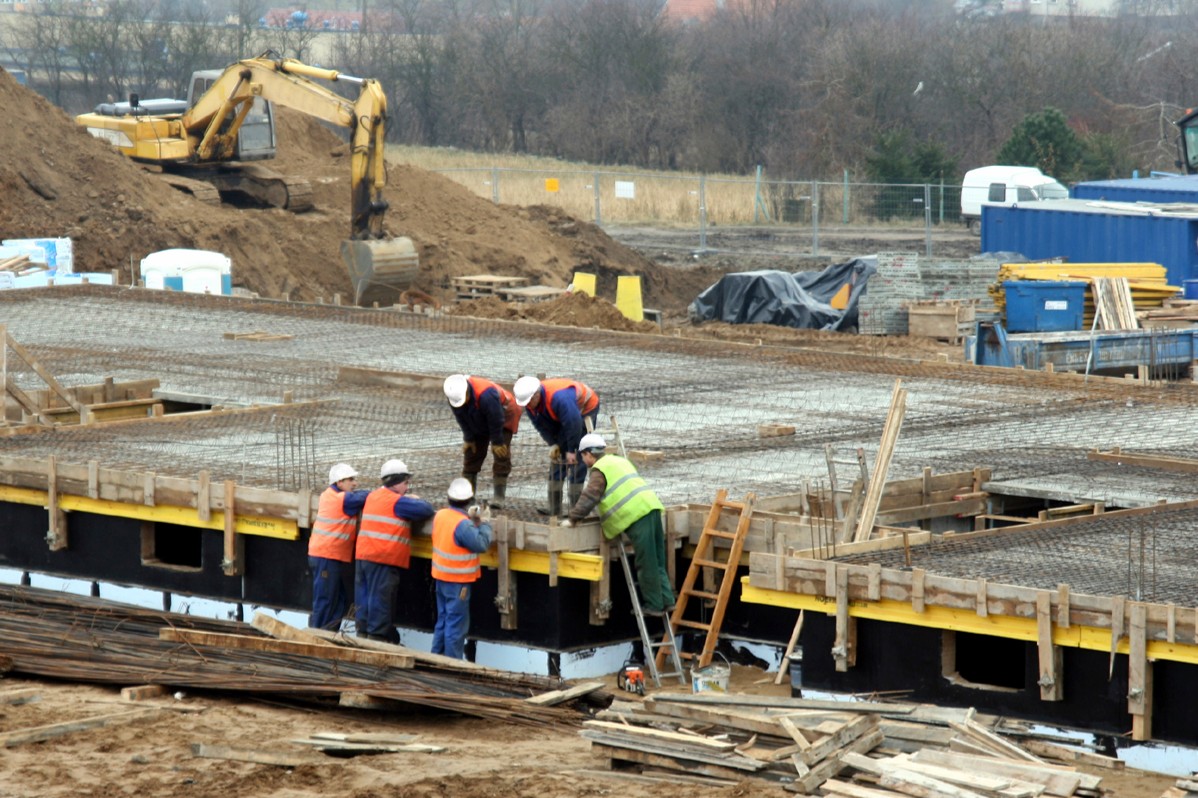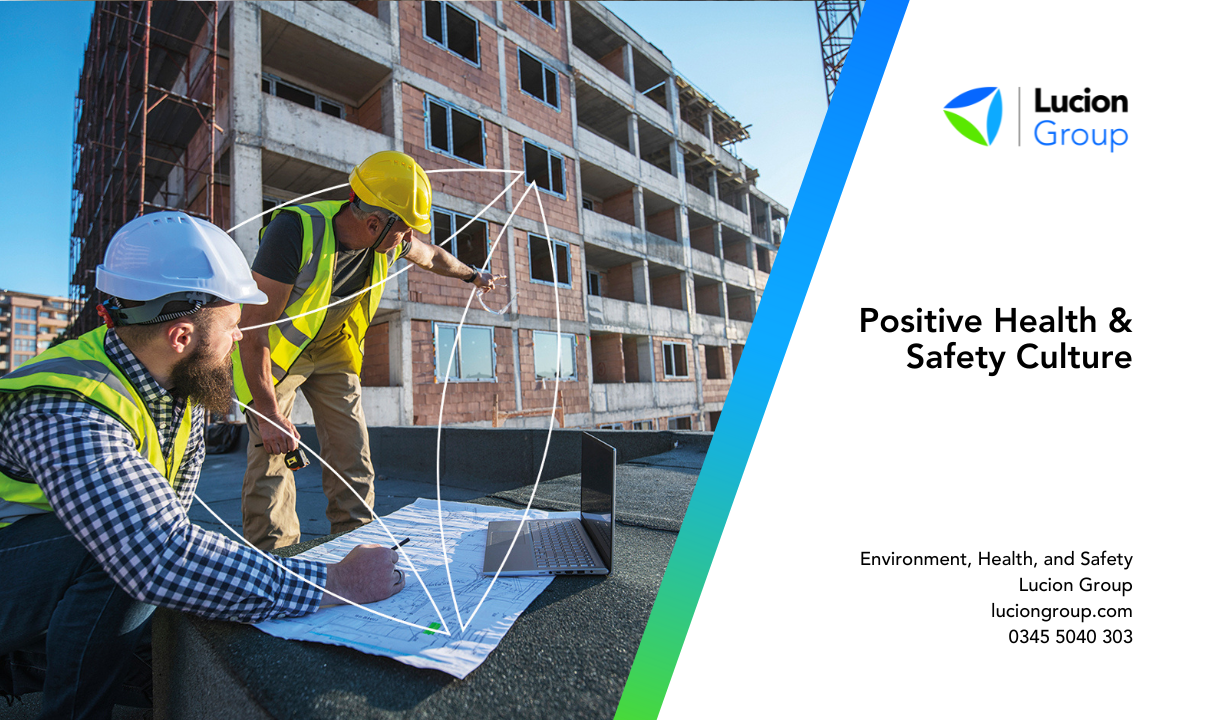OCCUPATIONAL HYGIENE EXPLAINED- A GUIDE FOR UNION H&S REPS
8 December 2016
The TUC and BOHS, the Chartered Society for Worker Health Protection, have produced a new guide that explains the importance of occupational hygiene and the role it plays in protecting workers.
It outlines the importance of addressing health risks, and also monitoring potential hazards and providing health surveillance for any workers at risk.
The guide has been developed in response to industry demand and aims to demystify the subject of health risks in the workplace and in particular the role of occupational hygienists in working with representatives to control occupational health hazards.
99% of work related deaths are caused by occupational diseases, not by accidents
BOHS says that whilst occupational health and safety policies and systems often have an excellent focus on safety — as of course they should — all too often there is a failure to sufficiently focus on work-related health hazards.
The guidance highlights a wide variety of potential health hazards that may emerge in workplaces, ranging from dust, extreme temperatures, fumes and biological agents, to vibration hazards, ergonomics issues, chemicals and noise.
The majority of work-related deaths are caused by occupational respiratory disease, as a result of people having breathed in dangerous substances during their working lives. In addition, around 33,000 people who worked in the last year, and 141,000 former workers, currently have breathing or lung problems they thought were caused or made worse by work.
The new guidance highlights the response of BOHS to these figures, in the form of its Breathe Freely campaign — which aims to reduce occupational lung disease in the UK’s construction sector. This initiative is soon to be expanded and will widen its focus to also encompass the manufacturing sector.
Other useful topics in the new guide include:
- How to manage health risks, and what action to take to protect the health of workers
- The difference between occupational health, occupational hygiene and wellbeing
- How occupational hygienists can help union health and safety reps
- The responsibilities of employers
- The rights of health and safety representatives
Approximately 13,000 people die from occupational diseases as a result of past exposures to hazardous substances.
Announcing the publication of the new guide, Steve Perkins, Chief Executive of BOHS, said,
“We are delighted to collaborate with the TUC on this essential new publication for union health and safety representatives. The current levels of mortality, and morbidity rates, caused by occupational disease in Britain, are unacceptable and must be tackled via a concerted and highly focused approach. As a Society, we believe this collaborative approach, typified by partnership endeavours such as the new BOHS/TUC guide and our other similar projects to share expertise and guidance, is key to Britain’s future success in worker health protection.”
Hugh Robertson, Senior Policy Officer for Health and Safety at the TUC, added,
“It is unacceptable in a modern, civilised society that each year, thousands of workers in Britain should battle ill health and lose their lives as a result of occupational health hazards which can effectively be controlled by the application of simple occupational hygiene principles. Union health and safety representatives, working in partnership with occupational hygienists, are in a unique position to help spearhead important transformational change in workplaces to bring health on a par with safety and ensure that work-related health risks are no longer overlooked in Britain’s workplaces.”
Tool Box Talk: Asbestos Awareness
As part of Lucion’s Take Care Be Aware initiative, we actively take care of our health and safety responsibilities, with continuous awareness of our commitments to knowledge share and educate.
In doing so we have created a ‘toolbox talk’ on asbestos awareness to raise awareness of the hazards associated with asbestos-containing materials, enabling safety professionals to share knowledge and overall save the time and effort in producing them for you and your teams.
_2.png)
Download From NexGen
Risk Assessment Checklist
Make sure your Risk Assessment covers all the bases with this quick 6 step Risk Assessment checklist.
.png)
Download From NexGen
Toolbox Talk: Construction Dust
Ensure your teams know the dangers of construction dust and what control measures and protection are required to manage the risks with this quick Toolbox Talk.
_1.png)
Download From NexGen


 NexGen
NexGen












